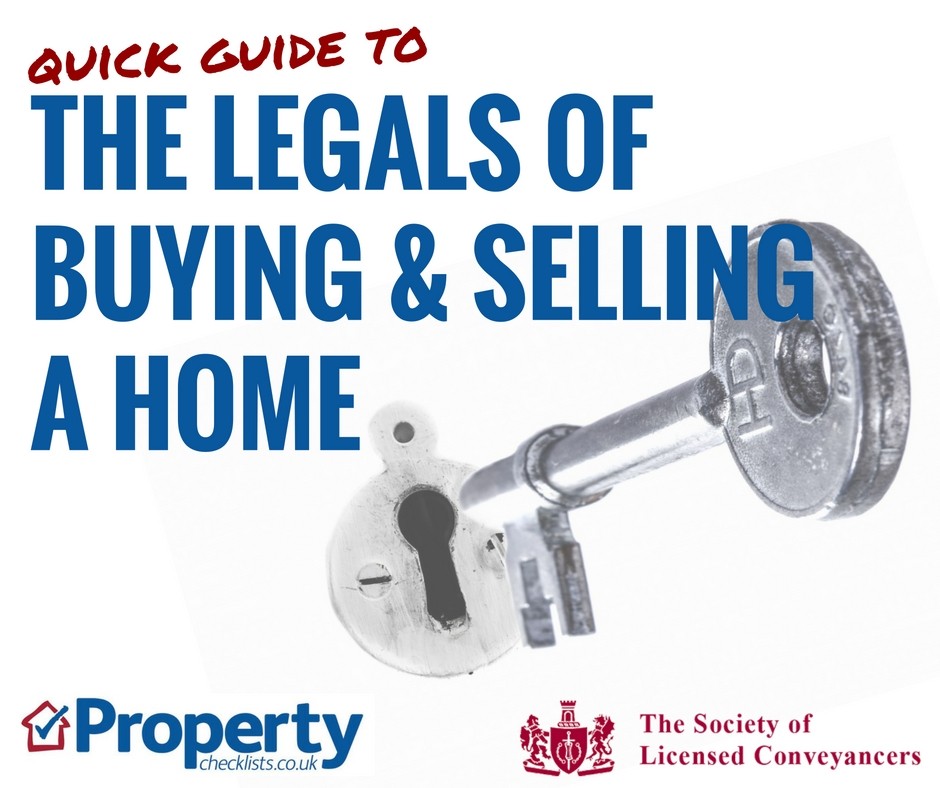
Source: UK HPI
We often hear the press talk about the property bubble bursting, but few seem to realise that in places such as Northern Ireland, it has already well and truly burst. Property prices up to the credit crunch went higher than even those in England and, as this was not underpinned by real growth but stimulated more by buying mania, prices came tumbling down at the biggest rate of UK countries; semi-detached properties fell by 53% on average, while terraced homes fell by 61%. Although some recovery has taken place, it’s likely that for many, negative equity will remain for some time. In contrast, those who bought at the bottom of the market in 2009, may be in a position to start moving on now with 29% to 48% gains, creating some real ‘winners’ and ‘losers’ from the property market in Northern Ireland. For those coming into the market now, the good news is that property prices do seem to be moving forward, albeit it at small increments, giving an incentive to purchase or move on if their equity allows.

Source: UK HPI
It’s clear from all the price reports that cover Northern Ireland that prices just went far too high and the falls we have seen since the credit crunch have now made it much more affordable – with the average property price of £120,648 for first-time buyers allowing some to get on the market for much less, too. What’s interesting about the falls in different areas is that they were all pretty consistently around 55-60%, while recovery has been stronger in areas such as Belfast, Derry and Strabane, which have seen 40%+ increases from the market low. Other areas, such as Ards and North Down, have only seen rises of 26%, suggesting that for some, seeing a property price recovery is unlikely in the near future. However, for those getting on the market now, prices seem to be much more reasonable and easier to access.
First-time buyers in Northern Ireland
The ease of affordability for first-time buyers has helped ensure they can now get on the ladder in Northern Ireland and, interestingly, with numbers rising by 65% in just a few years, they don’t seem to have been put off from buying, despite seeing what happened to others during the crash. Although we spend most of our time coming to conclusions about the property market from studying London, what this data shows is that it’s far more important to understand what’s happening in other regions to really understand the issues facing first-time buyers. Why for example are FTBs in Northern Ireland happy to purchase, while the number of FTBs is still falling in the North of England, along with the more unaffordable London? When it comes to people making the decision to buy for the first time, there is clearly a lot more going on than just affordability.

Source: UK HPI
Although not likely to recover to their pre-credit crunch levels, Northern Ireland currently appears to be making a better recovery volume-wise than many of the other regions around the UK which aren’t seeing this level of growth.

Source: Homelet
Most rents appear pretty affordable in Northern Ireland, ranging mostly from £500 to £600 per month, giving an annual cost of £6,000 to £7,200. Taking affordability to mean around one third of earnings, that means most people who are on joint or single salaries of £18,000 to £21,600 should be able to manage well renting versus buying. This is likely to be why rents have managed to move forward year on year at quite a healthy rate versus the rest of the UK which have in some areas actually seen falls or very muted rises. Market data and feedback from agents suggests a relatively healthy and affordable rental market in Northern Ireland both now and in the future.
For more, download Kate's comprehensive property update for Northern Ireland.
| Renting a property - Property Checklists | First-time buyer quick guide - Property Checklists | Quick guide to buying and selling - SLC |
 |
 |
 |